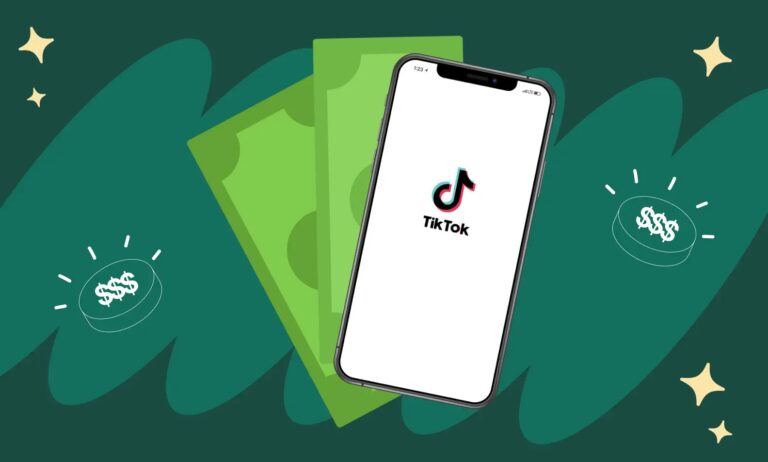Digital accessibility’s main goal is to ensure that everyone, regardless of age, gender, color, religion, sexual orientation, handicap, or any other scenario, has equal and unfettered access to the Internet and its related services. In order to get success, it is imperative to acknowledge that individual proficiency with digital goods and services varies widely. Only a tiny percentage of people make use of them. For those who are blind, screen readers can be helpful. On the other hand, certain approaches to knowledge presentation might be more appealing to people who struggle with learning.
It is critical that everyone has access to digital services and information. Could you please elaborate on how you can help to accomplish this goal? Please do not hesitate to contact QualityLogic if you require assistance putting different strategies into practice to guarantee the readability of your data. This company is excellent at developing software and offers QA testing to make sure that companies are reachable by people with different backgrounds.
Should you decide to work with them, they will carefully examine your application to identify any possible security flaws and provide you with insightful advice on how to fix them. You will be able to earn a certification in digital accessibility after finishing this program. They provide businesses a variety of technologies, such as eCommerce and smart energy applications. Before contacting them, please check your status using the details below.
Unambiguous Communication
It’s critical to communicate intelligibly and plainly without resorting to technical jargon. In order to optimize accessibility, you should make your work available in a variety of supplemental media, including audio and video. This will satisfy those who need or want these formats.
Utilize a Variety of Media, Such as Images and Videos
Adding multimedia components to my text, like images and videos, would improve its readability and aesthetic appeal. When using them, care must be taken because improper use can cause accessibility problems. For visually challenged people, accessibility to visual information—such as movies and photos—requires the provision of alternative text.
It’s Critical to Run Tests to Assess Accessibility
Whether or not accessibility was included in the initial design of your products and services, usability testing is always highly recommended. As a result, a variety of testing techniques are required, including human testing carried out by people with impairments and automation tools for accessibility testing.
Making Sure That Current Accessibility Laws and Regulations Are Followed
In order to comply with rules such as the Web Content Accessibility Guidelines (WCAG) 2.0, accessibility is essential. To improve the effectiveness of their procedures, numerous governments are putting greater effort into creating these regulations. It is essential to keep up with the most recent developments in the legal system in order to deliver legal goods and services in an efficient manner.
The Benefits of Having Internet Access
The World Health Organization defines disability as an all-encompassing term that includes restrictions on participation, activities, and impairments. Many health conditions that affect the body, senses, brain, cognition, or mental state might result in a handicap.
Ensuring that everyone has complete access to digital services and information is one way to address these issues. While creating websites and mobile applications, it is essential to take into account people with a wide range of disabilities, such as vision impairments, hearing loss, or cognitive impairments. When given access to digital information and services, people with disabilities can feel more independent and fulfilled. This is so that the difficulties they encounter are reduced thanks to these resources.
The Relationship Between the Internet and People with Disabilities
The digital media sector presents several obstacles for those with physical or mental disability, making it difficult for them to fully appreciate it. For those who are blind or visually handicapped, having software that can translate written text into spoken language might be helpful. When it comes to accessing audio and visual content, those who are deaf or hard of hearing greatly benefit from transcripts and subtitles.
It’s Critical to Take Into Account the Needs of People with Visual Impairments When Developing
Realizing that not all digital information exchanges in the natural world are created equal is vital. People who have visual impairments, such blindness or impaired vision, must rely on other information sources. It is vital to take extra steps before allowing children to use electronic gadgets since it is vital to ensure their safety. Every visual element needs to have a well-written caption included. Video content must have closed captions and audio descriptions in order to be deemed complete. By utilizing these methods, you can provide anyone in need access to your digital data and help them out.
Analyzing Audio Specifications for the Production Process
The needs of a diverse range of audiences must be taken into account while creating digital content. Included are those with impairments who find it difficult to adhere to a set curriculum. For the benefit of people who are hard of hearing or deaf, movies and videos have closed captioning.
A number of considerations need to be made when producing closed captions for digital multimedia. The captions’ readability and clarity are greatly appreciated. Using extremely large letter sizes and avoiding typefaces with complex patterns are two instances of this. It’s crucial to synchronize the captions in addition to making sure the audio is in time. The audio file can be manually or automatically transcribed using the closed caption software. To guarantee the accuracy of the captions, it is crucial to thoroughly check and revise them.
Providing Assistance to Those Affected by Neurological Conditions
Creating digital content for people with cognitive impairments means overcoming a number of challenges. Taking into account each person’s uniqueness, it is crucial to treat them with respect. It is vital to remember that. Broad generalizations can enhance the appeal of the text. Programs for people with impairments, for instance, frequently place a strong emphasis on the use of visual aids and simple language. Making sure there is no opportunity for confusion improves comprehension. It’s critical to try your hardest to avoid any possible miscommunications.
It’s also very important to leave room for discussion and feedback. When information is relatable to the reader’s own experiences, it is more likely to be absorbed and retained. Designers may produce digital content that is inclusive of all audiences and meaningful by following the advice in this article.
Speak With Qualitylogic and Ask for Help Right Away
QualityLogic’s experience may assist any website, in any format, in broadening its offerings. They are required to set up the equipment for your business and be present. They will provide you with advice on content creation in addition to giving you thorough information about digital accessibility. Nothing unexpected is going to happen. Until you reach the same degree of proficiency as the other members of their team, they will continue to coach you. Please visit www.qualitylogic.com for more details on how they can assist in enhancing the accessibility of your digital content. Click here for more information.











